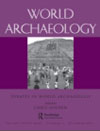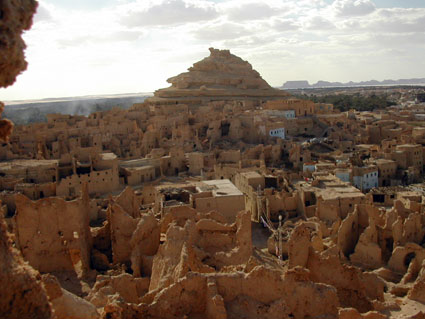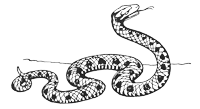Genèses écologiques et sociales de l’agriculture d’oasis

Genèses écologiques et sociales de l’agriculture d’oasis.
– Titre original :
Ecological and social geneses of oasis agriculture,
refusé par World Archaeology, (pour juin 2005, vol. 37, n°2 « Garden Agriculture », Marijke van der Veen éd.).
Ne correspondait pas au « style » de la revue.
Il s’agit d’un article qui m’a été spécifiquement commandé pour ce volume, en tant qu’anthropologue, mais les relecteurs l’ont curieusement considéré trop « anthropologique » (pas assez archéologique, donc).
Remerciements à Charles Levinson (Le Caire) pour le temps qu’il a passé à corriger ma rédaction anglaise. Je devrais le soumettre à nouveau à une autre revue grâce à Safa Dahab (Khartoum) qui, avec beaucoup de gentillesse, passera aussi trop de temps à corriger mon anglais.

- Siwa oasis (Egypt)
- © Vincent Battesti
– Premières lignes :
An oasis is a green spot of agriculture in an arid (from semi-arid to hyper-arid) environment, combining agricultural spaces and habitat spaces, generally closely juxtaposed. Oasian gardens have been the main anthropic source of agricultural supply in desert environments. It is still the case at the beginning of the twenty-first century in Sahara and Middle Eastern deserts (this contribution deals with North Africa and Arabia), and it seems to be the perpetuation of a 5,000 year long history. Can oasian gardens be models for early agriculture ?
This question can be divided into two sub-issues. The first should be formulated as : ‘can oasian gardens be a model for archaeological reconstitution ?’ (This first methodological issue is not within the area of speciality of a non-archaeologist), and the second as : ‘can oasian gardens be a possible origin of agriculture ?’ (This has more concern with anthropology).
An oasis, to state the obvious, is agriculture in the middle of an environment where such greenery should not be present. The sole entity responsible for this biological aberration is man. Man has brought together in a desert environment, which has a source of water, plants and fertilizer with the intention of food production. The classic agricultural scheme managed in these oases is generally irrigated, polyvalent (in mixed farming), and intensive, based on a canvas of palm dates and organized in three levels (palm dates shade fruit trees that shade vegetables, grains and fodder). This model of orchard-garden with intensive agriculture, clearly, is not an open farming system (considering the concentration of both agriculture and habitat spaces) ; neither is it a pluvial farming system (an important part of the technical system is dedicated to water control). To explain the agricultural pattern, integration of ecological constraints from desert environment is obviously a part of the answer. (…)





